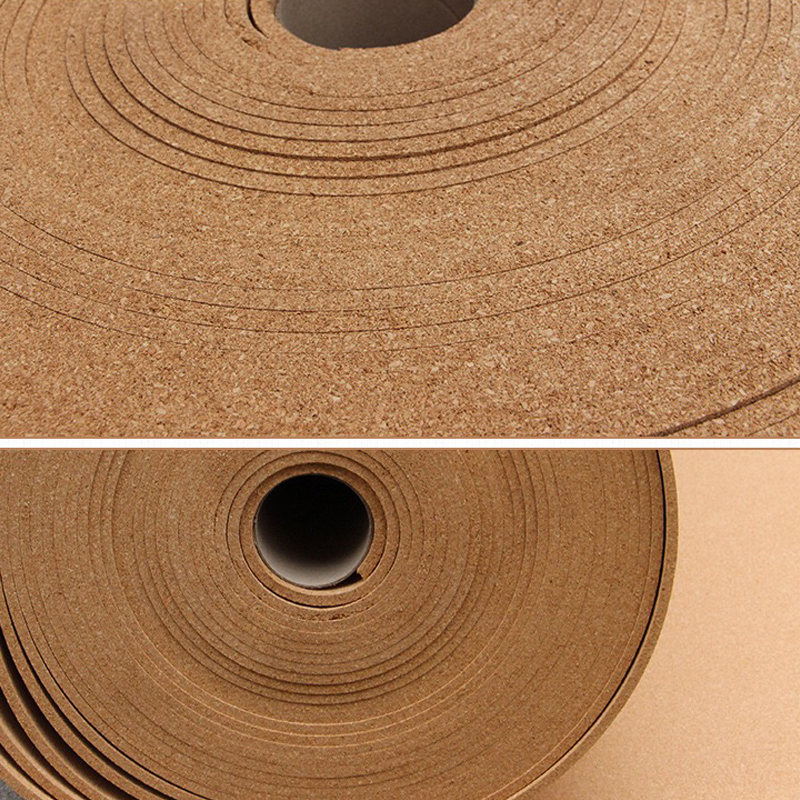Phosphorus impurities in iron concentrates mainly exist in the form of apatite and collophosphate, and a small amount is present as rare earth phosphate minerals. Although the floatability of phosphorus minerals is better than that of iron minerals, the difference in floatability between the two is not significant. Therefore, magnetic separation is generally used to remove the coarse-grained phosphorus minerals, and then reverse flotation In addition to phosphorus minerals in fine-grained inlays. In the reverse flotation, a large amount of water glass or an appropriate amount of starch is generally added to inhibit iron minerals, and an anionic collector is used to float phosphorus minerals. The suitable pH value is about 10, and the slurry heating is beneficial to improve the phosphorus removal effect. For example, the Grangesberg plant in Sweden and the Hipasam iron ore plant in Argentina have adopted this process in the industry. The phosphorus in iron concentrates can be from 1% and 0.45 respectively. % decreased to 0.016% and 0.16%; phosphorus (rare earth phosphorus) in iron concentrate of Baotou Steel Plant in China decreased from 0.3% to 0.15%; the results of phosphorus reduction test of iron concentrate in Meishan Concentrator showed that phosphorus can be obtained from 0.4% or so fell below 0.18%. Although this method is a current and simple process for industrial applications, generally the iron loss in the floating phosphorus foam is large, so the foam is usually recycled by magnetic separation and re-selection to reduce the iron loss.
In order to remove the phosphorus mineral together with the siliceous mineral, an anionic collector reverse flotation process using a strong alkaline medium (pH = 11 to 12), a starch as an inhibitor, and Ca++ as an activator may be employed. For example, Rana Grubery conducted a variety of phosphorus removal processes for iron ore in the Lana plant. It was concluded that the best results were achieved with this process, and the iron concentrate grade could be increased to 65. %, phosphorus content is reduced to less than 0.015%.
In addition, for the fine-grained phosphorus-containing weak magnetic iron ore, a selective flocculation de-soda-anion collector (ca ++ activation) reverse flotation process can be used to simultaneously remove impurities such as phosphorus and silicon, such as for the United States The Tilden iron ore was tested by this process, and the results showed that the phosphorus removal effect of the process was better than that of the selective flocculation desiccant-cation collector reverse flotation process.
These softwood Self Adhesive Cork Tiles can be easily cut into any shape you want. You can use the whole sheet or you can cut them into small pieces.

cork sheet roll,thick cork sheet,cork sheet for wall,cork sheet with adhesive backing
Jiangsu Real Sporting Goods Limited Company , https://www.ruiousporting.com